
China’s Low-Altitude Economy: Application Scenarios for 2026-2027
Share
Introduction
In recent years, the concept of a “low-altitude economy” (under approx. 1,000 m above ground) has become a strategic growth area in China. The sector covers drone operations, electric vertical take-off and landing vehicles (eVTOLs), urban air mobility, aerial logistics, and other services. With national policy support, infrastructure development, and technological maturation, the period 2026–2027 presents a window of opportunity to scale certain application scenarios from pilot to “batch production” or commercial deployment. This blog explores key application areas, evaluates their “scalability” by 2026-27, and identifies which are likely to achieve commercial scale.
Key Application Scenarios
Below are five often-cited application scenarios for China’s low-altitude economy, with commentary on feasibility and scalability by 2026-27.
1. Drone Logistics & Last-Mile Delivery
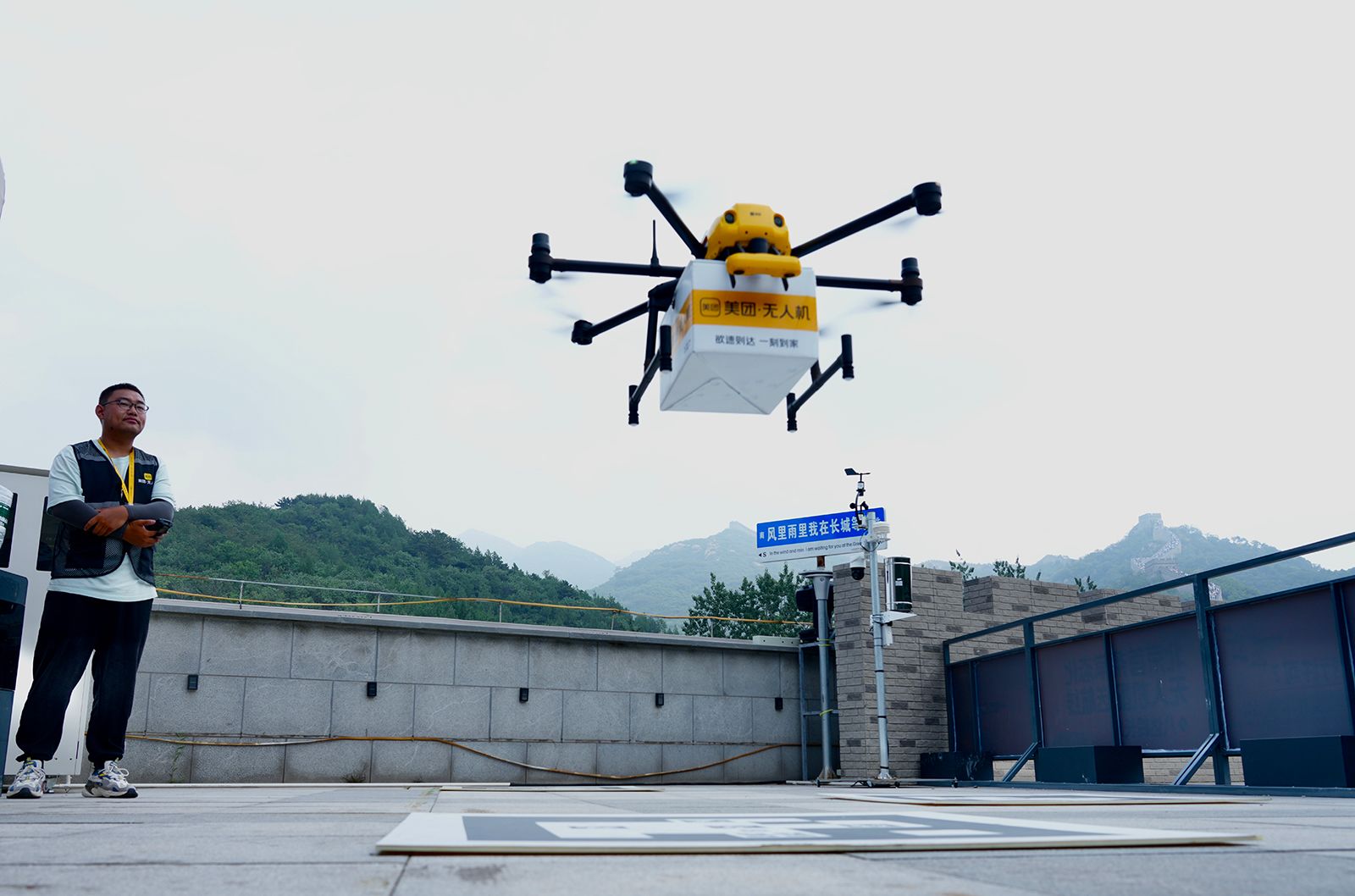
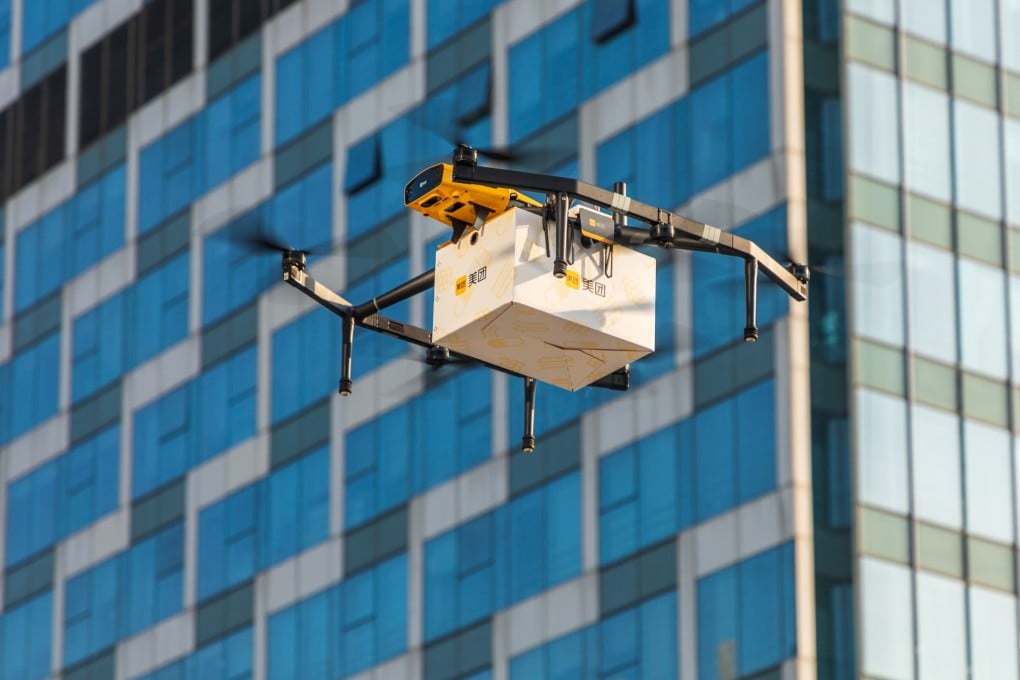

Description: Unmanned aerial vehicles (UAVs) delivering parcels, meals, medical kits, or supplies in urban and rural settings. According to domestic analysis, drone logistics already are an important component of the low-altitude economy in China.
Scalability by 2026-27: High. The supporting value chain (drone manufacturers, navigation systems, ground infrastructure) is fairly advanced in China. The regulatory environment is improving (e.g., simplification for BVLOS – beyond visual line of sight operations).
Challenges: Air-traffic management, safety certification, integration with ground logistics, battery/energy constraints, large-scale operations beyond pilot zones.
Potential Business Model: Drone-as-a-service for e-commerce companies, rural delivery “hub-to-hub” flights, dedicated drone corridors in industrial parks.
Batch production potential: Very good – drone platforms and modular systems can be mass-produced; urban/rural delivery networks can scale regionally.
2. Agricultural & Forestry UAV Applications
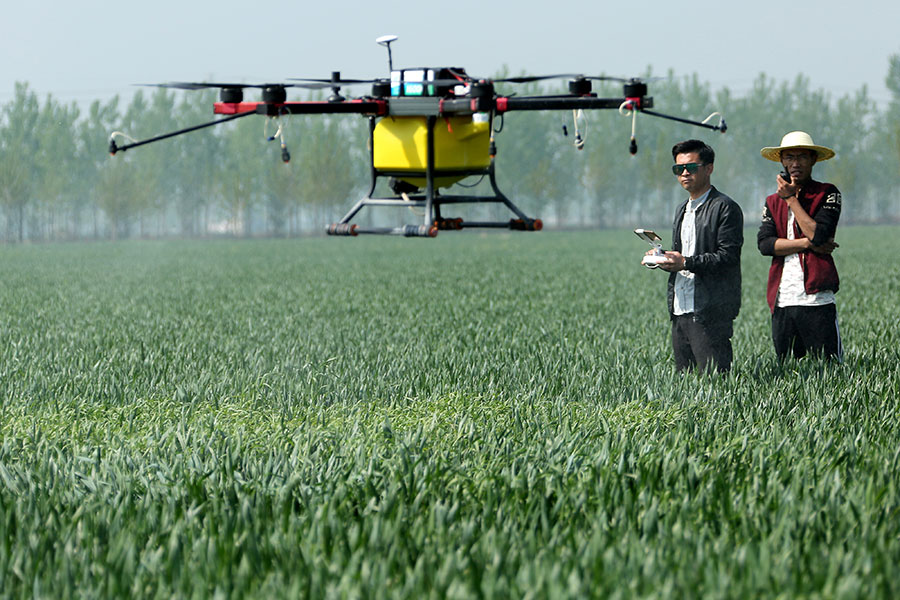
Description: Use of drones for crop spraying, seeding, fertilising, forest inspection and monitoring. This is particularly relevant in China’s agricultural and forestry sectors.
Scalability by 2026-27: Good. The technology is mature, unit cost is decreasing, and rural infrastructure is being upgraded. Many application scenarios already exist.
Challenges: Operational logistics (charging/maintenance), scale over large land-mass, data analytics integration, weather dependency.
Potential Business Model: Service-based contracts to farmers/co-ops, leasing of drone fleets, data-driven crop analytics.
Batch production potential: Strong – agricultural drones are relatively simple and many Chinese companies already manufacture them; scaling is primarily deployment.
3. Aerial Sightseeing / Tourism & Urban Air Mobility
Description: Use of eVTOLs (electric powered vertical take-off and landing aircraft) or low-altitude flight platforms for sightseeing, short-haul passenger transport (urban-to-airport or inter-city), and premium mobility services.
Scalability by 2026-27: Moderate to ambitious. Some demonstration flights are already underway (for example in pilot zones). But full commercial scale (many aircraft, many routes) faces regulatory, infrastructure, certification and consumer adoption hurdles.
Challenges: Air traffic safety, noise regulation, vertiport infrastructure, certification of aircraft, public acceptance, cost per ride.
Potential Business Model: Premium air taxi service for high-net-worth customers / tourist hubs; airport-city short hops; sightseeing flights in tourist cities.
Batch production potential: Limited but growing. eVTOL manufacturing will ramp up, but the number of units and service deployments by 2026-27 will likely be relatively modest compared with drones.
4. Emergency Response, Firefighting, Inspection & Rescue
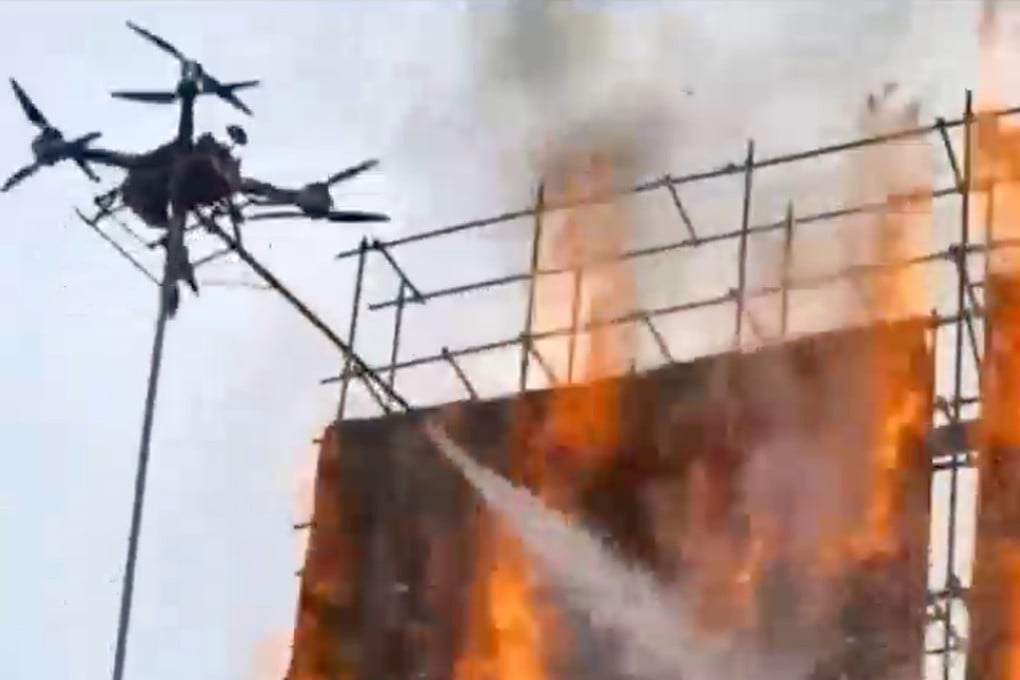

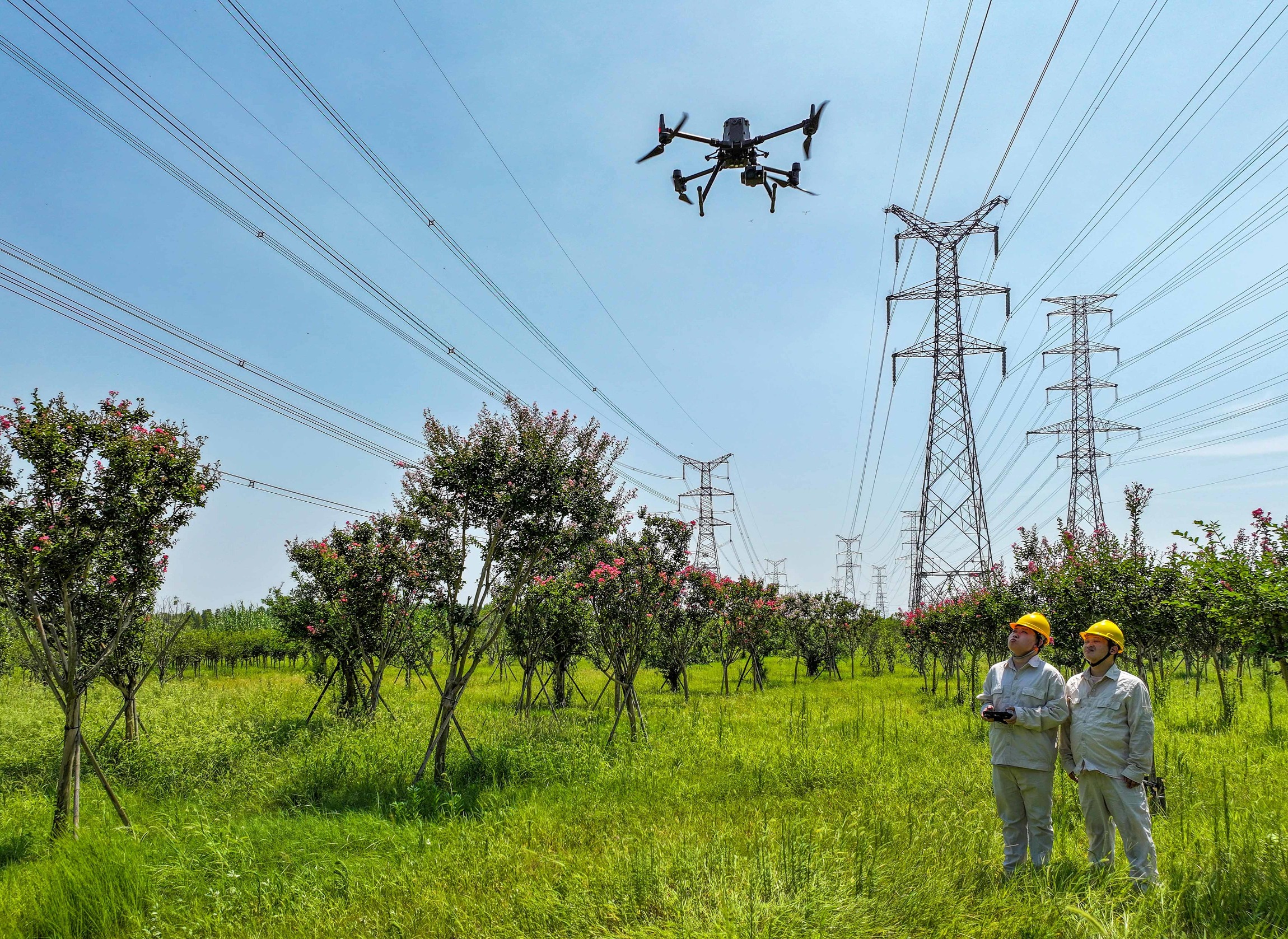
Description: Use of low-altitude drones or aircraft for emergency services — wildfire monitoring, power-line inspection, pipeline leak detection, search & rescue, medical supply drops.
Scalability by 2026-27: Good. Many of these use-cases are less constrained by passenger safety certification, and they benefit quickly from automation and remote sensing.
Challenges: Coordination with public authorities, data reliability, operating in adverse conditions, cost-effectiveness compared with existing methods.
Potential Business Model: Service contracts with power utilities, forestry agencies, disaster management authorities; data-monetisation (inspection reports, imagery).
Batch production potential: High – inspection/monitoring drones and related systems can be produced at scale; service delivery is the main ramp-up.
5. Infrastructure & Air-Traffic Management / Vertiport Development
Description: The build-out of physical and digital infrastructure to support low-altitude operations: vertiports, landing pads, drone hubs, air traffic management systems, navigation aids, charging stations.
Scalability by 2026-27: Moderate. Infrastructure builds take time and high investment; however, modular solutions and pilot zones will likely emerge ahead of full scale.
Challenges: Standardisation, regulatory coordination, site-acquisition, interoperability, investment risk.
Potential Business Model: Infrastructure leasing, vertiport development partnerships, software platforms for UTM (unmanned traffic management), power/charging networks.
Batch production potential: Medium – While some system components can be mass-produced (charging units, modular vertiports), full network rollout may lag until 2028-30.
Which Scenario is Most Amenable to Batch Production in 2026-2027?
If one stands out as the most likely to achieve “batch production” scale by 2026-27 in China, it would be drone logistics & last-mile delivery combined with agricultural/forestry UAV applications. Key reasons:
- Unit cost is lower and technology maturity higher.
- Manufacturing supply chain exists in China at scale (many drone factories, component suppliers).
- Regulation and infrastructure requirements are less onerous than manned passenger transport.
- There is strong policy support from Chinese authorities, including legal recognition and subsidies.
- Service deployment (rural farms, industrial parks, e-commerce hubs) allows rapid scaling across regions rather than being limited to premium niche market.
Roadmap for 2026-27: What to Watch
For companies or investors considering this space (especially from an engineering/manufacturing perspective), the following roadmap items are key:
- Region-specific pilot zones: Cities such as Shenzhen, Guangzhou, Chengdu are already advancing low-altitude economy frameworks and are likely early adopters of scale-up.
- Regulatory frameworks and certification: The draft revision of China’s Civil Aviation Law now incorporates low-altitude economy provisions, which is foundational for scale.
- Manufacturing readiness: Focus on modular drone platforms, standardised components (batteries, sensors), and localised supply chains.
- Service ecosystem: Partnering with logistics firms, agricultural service providers, utilities (for inspection), to transition from prototype to commercial service.
- Infrastructure build-out: Charging hubs, landing/vertiport sites, digital traffic management must advance in parallel.
- Economics and business model: Focus on cost-per-flight or cost-per-acre models; recurrent revenue models (service contracts) are more scalable than one-off sales.
- Scalability metrics: By 2026-27, look for deployments of hundreds (not merely tens) of vehicles/drones, standardized operations, repeatable sites, predictable ROI.
Potential Risks & Mitigations
- Regulatory uncertainty: Despite recent legislation, standardisation and air-traffic management remain evolving. Mitigation: focus on pilot zones with favourable policies, engage early with authorities.
- Safety and public acceptance: Drone/air mobility incidents could slow adoption. Mitigation: robust safety systems, transparent operations, clear public communication.
- Supply-chain/material constraints: Batteries, high-precision sensors, lightweight materials may face bottlenecks. Mitigation: vertical integration, domestic sourcing.
- Economic viability: Unit economics may initially be unfavourable compared with ground alternatives. Mitigation: target premium or underserved markets, demonstrate cost-reduction curves.
-
Infrastructure lag: If landing/charging/air-traffic systems don’t keep pace, deployment stalls. Mitigation: co-invest in infrastructure, adopt modular build-out strategies.
Conclusion
For China’s low-altitude economy, the 2026-2027 period is a critical scaling window. Among the many application scenarios, drone logistics/last-mile delivery and agricultural UAV applications stand out as the most viable for batch production and commercialisation in this timeframe. With supportive policy, strong manufacturing base and clear service needs, these segments offer a rich opportunity. At the same time, the broader ecosystem (urban air mobility, infrastructure) will continue to mature, though perhaps only fully commercialised in the later part of the decade.
For industrial players, manufacturing firms, service providers and investors, the key will be to build platforms that are modular, scalable and repeatable — and anchor business models in recurring service contracts rather than one-off sales. As “sky-economy” becomes a mainstream growth driver, the horizon is increasingly near.
Suggested AI-Generated Images
Here are prompts you could use with an AI image generator (such as DALL·E, Midjourney) to accompany the blog:
- “Aerial view of a city in China at dusk with multiple delivery drones flying between rooftop docking stations, urban skyline, realistic style”
- “Modern Chinese farmland with multiple agricultural drones spraying crops at dawn, wide-angle, high resolution”
- “Interior of a modular drone manufacturing plant in China, rows of drone frames being assembled, industrial hard-tech aesthetic”
- “Demo eVTOL air taxi flying above a Chinese coastal city, vertiport on rooftop, futuristic but plausible in 2027”

